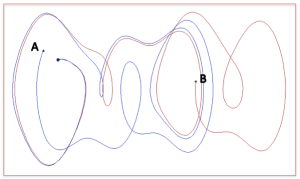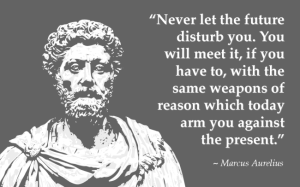Boris Pasternak’s poem Let’s drop words… has these evocative lines, No need to analyse why, with such ceremony, foliage is sprinkled with madder and lemon.
The words acquired new meaning for me when the landscape matched the mood one recent afternoon outside the Munch Museum in Oslo, the clouds, the shadows, the trees, and the sky, all conspired to create a scene that evoked hidden memories.
Life, like an autumn stillness, is all detail.
The things that stand out sharp in the mind’s eye, the colour of the sky another October morning, the stillness of a pond, another set of leaves changing hues, the goldenness of carp as they swam lazily in the cooling water. Many images flit by, some remembered, some reminded, and some imagined too, I suppose.
 There are places that are gifted with seasons that change so drastically that they can punctuate the year. In some latitudes- regrettably not ours- autumn is like a semicolon; the sentence of the summer pauses before the winter period sets in. Or maybe the autumn is more like an ellipsis… much indicated, but leaving much unsaid and much implied.
There are places that are gifted with seasons that change so drastically that they can punctuate the year. In some latitudes- regrettably not ours- autumn is like a semicolon; the sentence of the summer pauses before the winter period sets in. Or maybe the autumn is more like an ellipsis… much indicated, but leaving much unsaid and much implied.
There’s something to having certain times of year reserved for certain feelings- like not being able to eat a mango after August. It is a sort of emotional self-discipline really, that certain times should be preserved for certain things. And while one can do different things best in different seasons, the fall is a time like no other that invites reflection, when hope is tempered by experience.
 But yet there is a sadness that the passing of autumn captures, the rich burst of colour in the leaves that will fall, the flamboyance of that final lonely passage, that cummings wrote so cleverly about. The various shades of lemon or madder, of orange, and of yellow- indeed no reason to analyse why, or even more unnecessarily, how.
But yet there is a sadness that the passing of autumn captures, the rich burst of colour in the leaves that will fall, the flamboyance of that final lonely passage, that cummings wrote so cleverly about. The various shades of lemon or madder, of orange, and of yellow- indeed no reason to analyse why, or even more unnecessarily, how.
You’ll ask, says Pasternak, who ordains it? The omnipotent god of details. That god of very small things…







